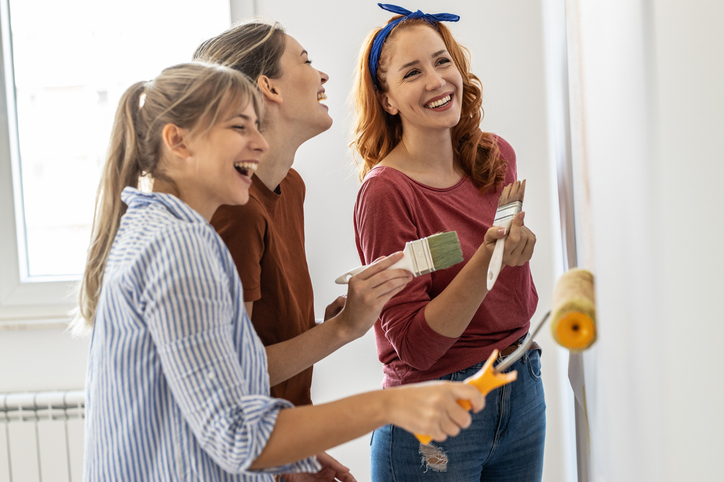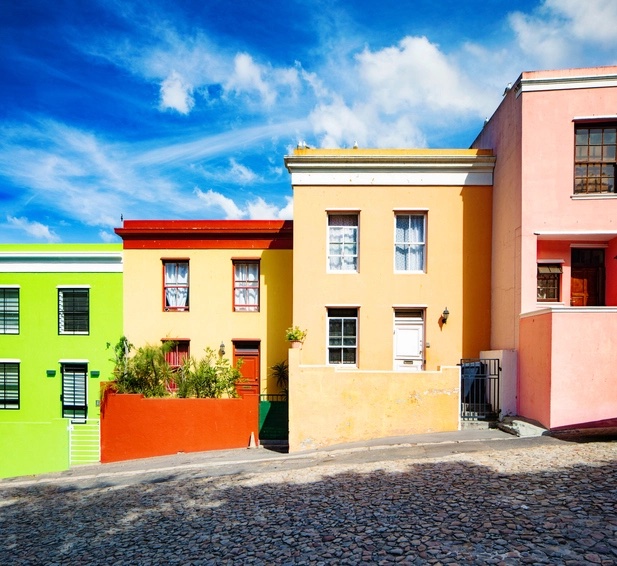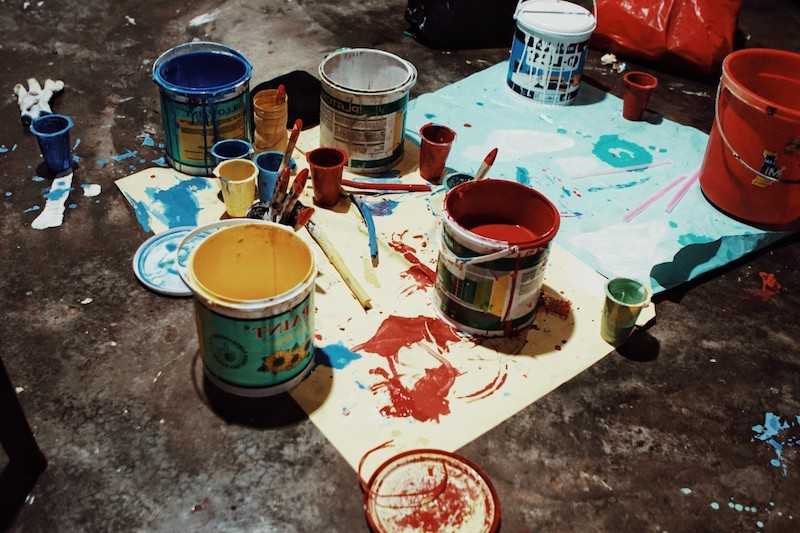If you find yourself stuck with seemingly numberless and mostly empty paint cans, throwing them in the trash may seem like your only option. However, one of the most efficient and fun ways to utilize the remaining paints is to mix your own paints. And yes, keeping the remaining paints is important for possible final retouching, but that doesn’t mean you have to stick with every paint! To utilize the remaining dyes, the dye experts offer tips on creating a special color and mixing different paints in the best way, underlining what you should avoid.
Premix the colors you will work with
Before combining the paints, the first step is to make sure that the paints you already have are mixed and ready to use. When you buy paint, it is usually mixed with a powerful mixer to combine all materials in the store; however, if your paint has been stored for some time, it is necessary to mix it with a wooden paint stick. Mix pigments and paint peel that may have formed or decomposed over time.
Mix similar types of paint
One of the challenges brought by having a large number of different partially used cans around is that they may vary by paint type, gloss, chemical components, application, and more. It’s important to look at mixing, like specifications and chemistry. For example, problems may arise when mixing water-based acrylic latex with water-based vinyl latex since they may not mix well with each other, just as oil and water do not mix. Instead, try pairing with counterparts and try to use paints of similar age for maximum compatibility.
Where to paint?
Since you are working effectively on a low-risk science experiment, you will want to use your specially mixed dyes in certain places and areas depending on the types of dyes you are working on. If you’re mixing indoor paints, make sure you only use them indoors, and you can even check for any warranty that comes with your original paints. Be careful when applying your paints in certain areas. If you mix outdoor paints of your house, where durability and quality are critical, do not start painting without doing at least two patch tests.
Make sure you have enough paint
Running out of a unique color tone after commencement of a painting project is one of the most frustrating situations, because it can be really hard to get the same result by mixing the paints correctly again. Therefore, be sure to pay attention to the amount of paint you create, the number of coats you will need, and even the surface you paint and how absorbent it is.
Do more when you have the color mix you want
After successfully combining colors and paint types as you like, consider mixing on a larger scale from the same batch. If you are working on a large project, it is recommended to prepare a lot of the same product before using it in order to ensure consistency in terms of color, gloss and texture from batch to batch for multiple coats and subsequent retouching. This is the best way to avoid minor color differences if you are painting several walls or rooms in the same color. If you’re going to paint on a smaller scale (a piece of furniture, a single wall, or maybe a door), you’ll need to make sure that you have enough paint to apply two to three coats and cover the surface.
Use the right tools
If you are going to mix larger groups, make sure you have the right size containers and mixers for the quantities you will produce. If you plan to reuse the paint later or need to apply more than one coat, it is important to seal the container using an airtight seal. Therefore, make sure that you use a container with a lid.
Then: have fun! What’s great about this kind of project is the fact that it’s relatively easy to correct a painting work that you hate, so don’t be afraid to take the risk. Stick to low-risk projects and try to capture your own dream color. Happy painting.



